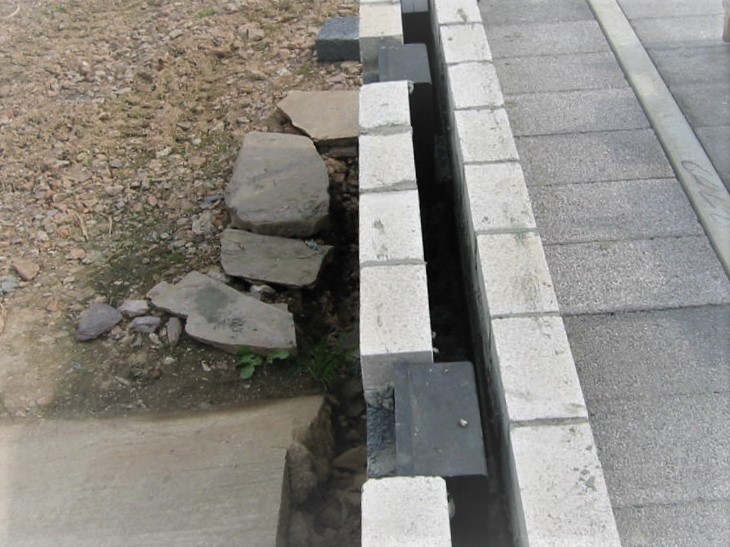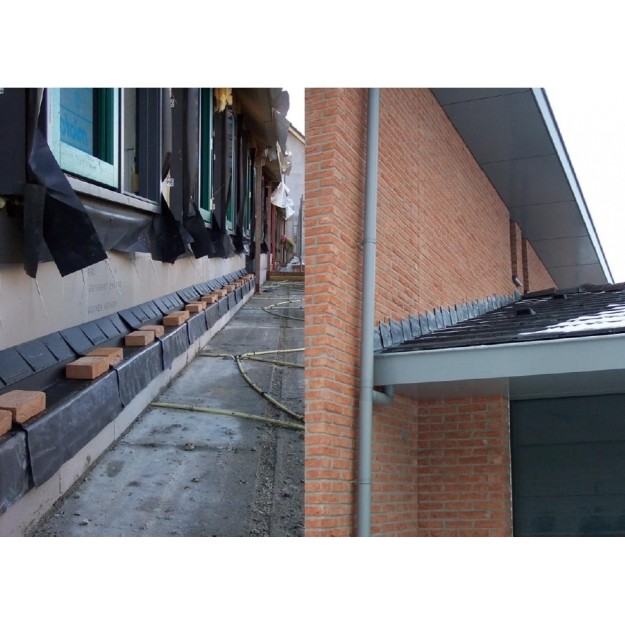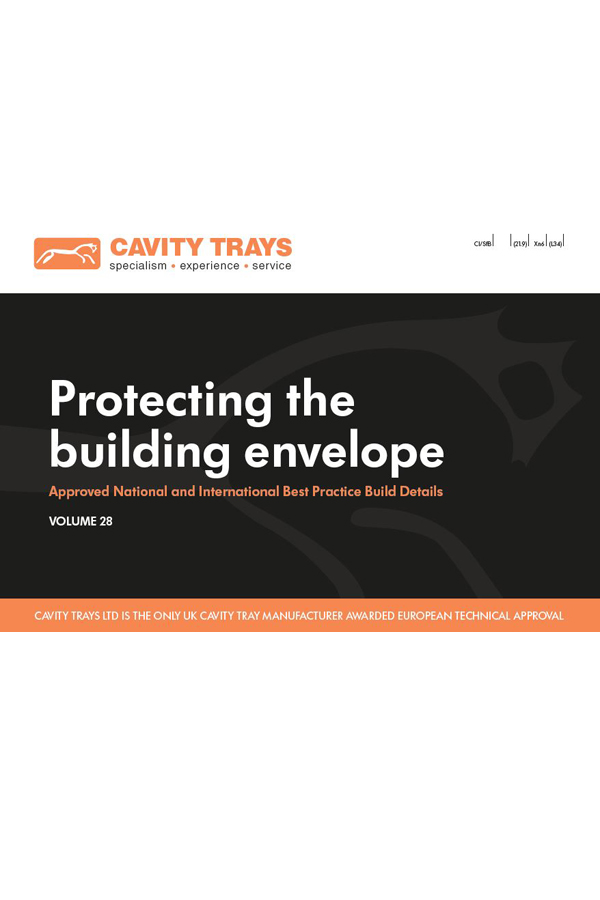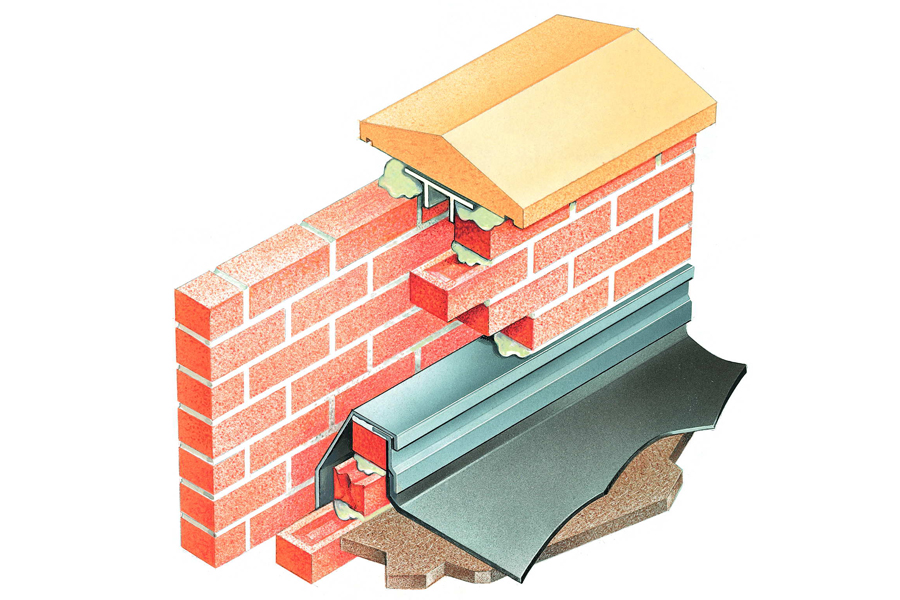
Parapet cavity walls behave differently because both faces are exposed. Such dual exposure dictates the protection against damp penetration takes into consideration more variable elements than are normally encountered. Additionally, if the parapet is also curved, the behaviour of the masonry itself can be more problematic if certain aspects are ignored.
When a traditionally constructed parapet wall becomes saturated with rain and in extremes of heat and cold, expansion of the masonry can prejudice the masonry structural continuity. When this occurs the DPC bedding course in a parapet offers the least line of resistance and acts as a slip-plane, so movement at DPC level in the outer and inner skins is commonly witnessed. Where the amount of expansion is not fully compensated by contraction, progressive movement over the years will occur mainly as a result of ratcheting. (Where the expansion movement is not fully matched by the retraction movement and masonry above and below the DPC progressively moves out of alignment). This is easily identified initially by witness lines and eventually by horizontal cracking along the courses in which the parapet DPC has been supported.
Curved parapets can accentuate the problem especially if the curve is between two resilient structural points. Thrust direction can then move at 90º to the arc and a radius eyebrow ledge can result. Such movement is commonly accompanied with coping dislodgement where coping pinching occurs.
The British Standard detail depicts an outward stepping DPC supported in both the inner and outer skins of the parapet wall. However, by using a preformed Type P parapet cavitray that is self-supporting and requires building into one skin only, the outward stepping profile is achieved but the opposite masonry skin can remain uninterrupted. Consequently, the solidity of wall build is considerably improved.
As with any wall, in long runs and especially when constructing a curved parapet, expansion provision is necessary in the form of expansion joints.
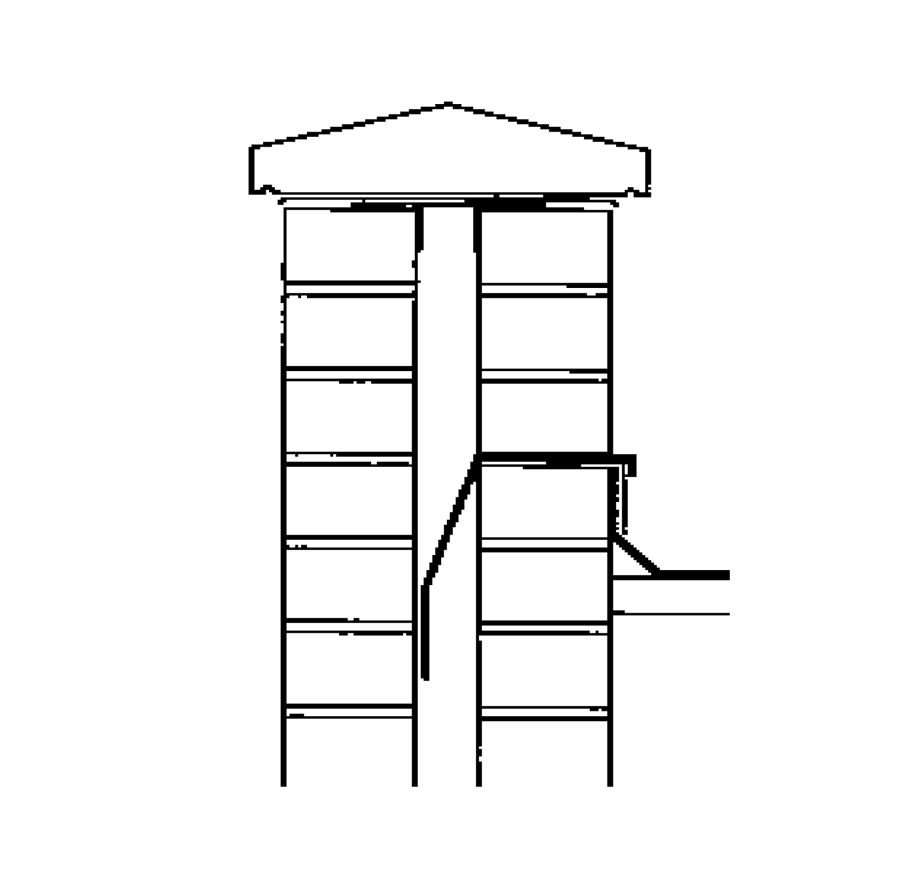
A spokesman for Cavity Trays of Yeovil explained: ‘Originally the old British Standard showed an inward stepping DPC rather than an outward stepping one. When after a few years cracking along the bedding course occurs, water is able to permeate the outer skin and track inwardly on the underside of that inward stepping DPC.
As soon as such tracking reaches the inner skin, the damp problem becomes visible. (Note; interestingly the current PD 6697:2010 illustrates a correctly shaped outward stepping DPC, but its specification contradicts advising the DPC may step “towards the inner or outer part of the wall.” We do not recommend inward stepping at any time).
Cavity Trays Ltd designed the outward stepping arrangement - the concept subsequently adopted within the latest British Standard. However, by also eliminating physical interruption of the outside skin completely, the Type P Cavitray provides both protection plus improved structural integrity.
Parapet design must embrace the coping also, as coping joints eventually weather and fissures provide an entry opportunity for water. See Type J for under coping support.
Parapet walls need not be problematic. The right specification ensures a correctly protected wall and one in which the structural continuity is considered.
Picture shows the outward stepping Type P parapet tray that is built into one skin only.
At higher level is a Type J under coping support.
CAVITY TRAYS LTD
www.cavitytrays.co.uk










